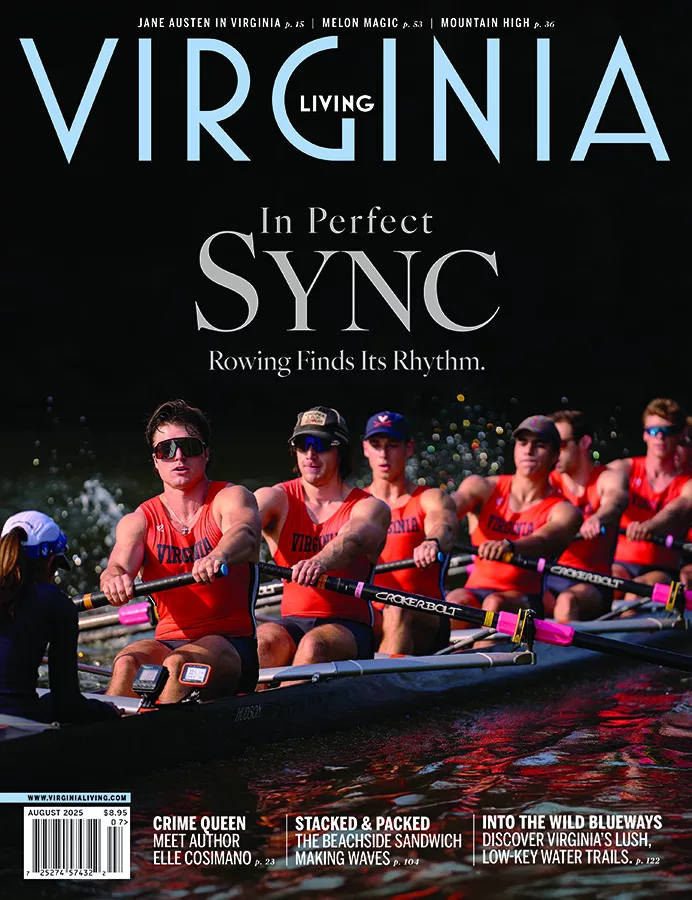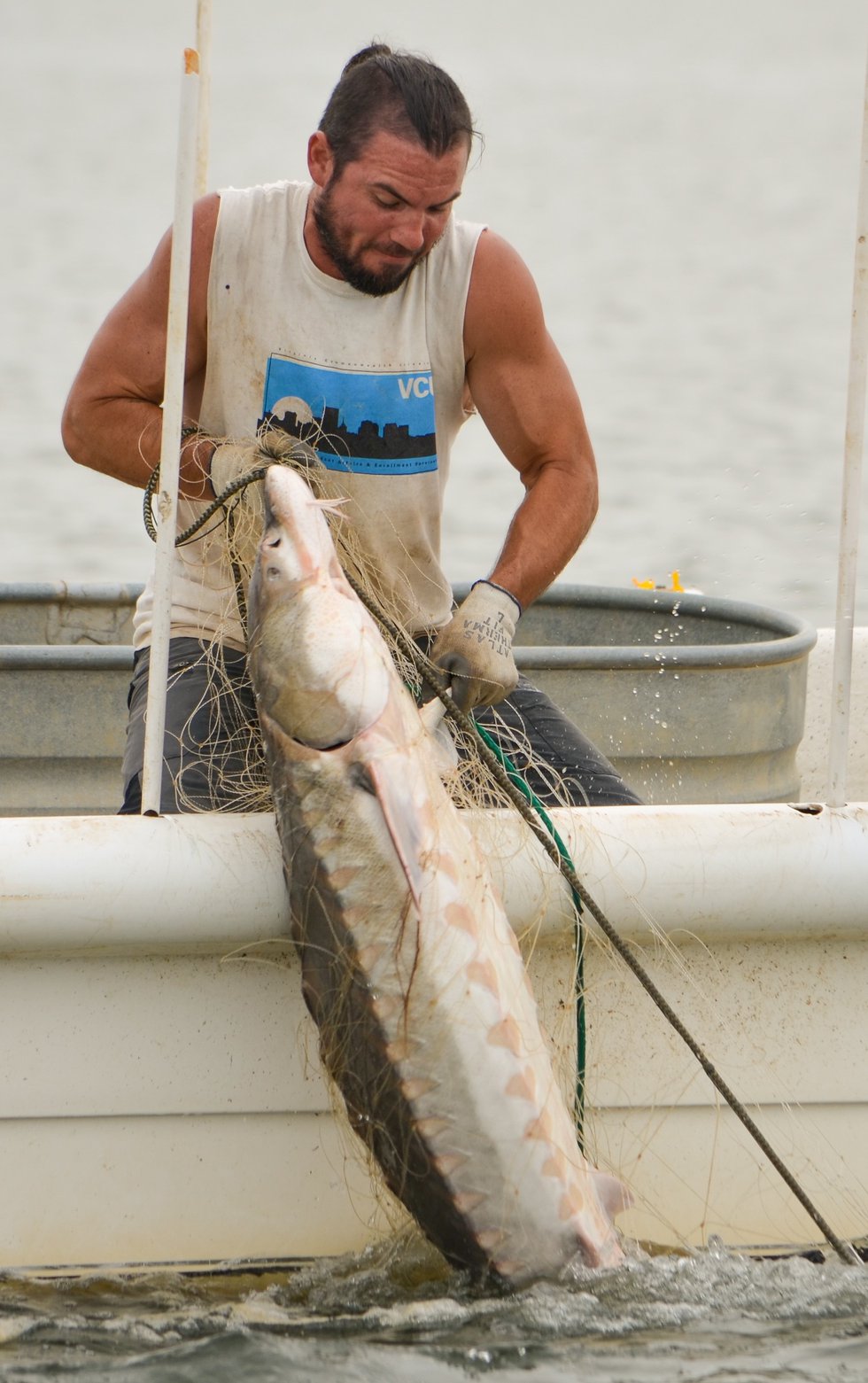
flying squirrel

flying squirrel media
One thing needs clarifying at the get-go: The Virginia northern flying squirrel is not southern.
When John Pagels, director of Virginia Commonwealth University’s graduate biology program, tells people he studies them, the typical response he gets is, “Oh I see those all the time.” Pagels doesn’t say so, but he probably sighs gently before clarifying yet again that what folks see “all the time” is actually the southern flying squirrel—Glaucomys volans—and not the northern, Glaucomys sabrinus.
The two species—the only completely nocturnal members of the squirrel family—have a few differences: The Virginia northern flying squirrel (VNFS) is slightly larger, about 12 inches or so to the southie’s 10; and the VNFS’ belly hairs are gray and the SFS’, white. The VNFS’ tail is also less flat and a bit longer than the SFS’ (asked about this adaptation, Pagels jokes, “They might use it as a little blankie, like some bats do”). And then there’s diet: While SFS has more catholic tastes (plants, mast, bugs, fungi), the VNFS’ diet features mychorrhizal fungi—truffles—high on the menu. That preference makes the VNFS an important player in forest ecology, spreading the spores of these fungi that support tree health by aiding in nutrient exchange and protection from disease. While the squirrel leads a primarily arboreal existence, at night it comes to its favorite feeding grounds and roots around. In fact, research has suggested that forest health may correlate with flying squirrel population size.
One particularly significant difference between the two species, though, is in biogeography, and it’s the reason for Pagels’ sigh: The southern flyer is found throughout Virginia (and eastern North America) in mixed hardwood forests at any altitude. The northern is much more particular, residing at 1,000 meters above sea level, in northern hardwood forests. They arrived there during the last ice age, when the northern flying squirrel (the VNFS is one of 25 subspecies) spread east and south into North America, ahead of the glacier that covered much of the landmass at that time. “As the glacier receded,” Pagels says, “so did the population,” leaving, at the edge of the southern Appalachian range, only a few communities in isolated scraps of highland habitat.
At one time, the boreal habitat that the VNFS prefers covered nearly 500,000 acres in the Alleghenies; now, maybe 75,000 acres remain. In Virginia, the squirrel is found only along the ridgetops of Highland County, on Grayson County’s Whitetop Mountain (the state’s second-highest peak) and on Mount Rogers, the highest point in the Commonwealth, straddling the Grayson/Smyth county line.
That’s prime terrain for the squirrels to do the thing that gives them their name … or rather, their misnomer: Flying squirrels do not fly. Their method of locomotion is better described as gliding—and, more accurately, volplaning: The squirrel launches itself with powerful hind legs, catches air in the membranes (called patagiums) that extend from wrist to ankle, and descend at an angle. Although the typical glide is 30 to 50 feet, flights (leaps?) of up to 100 yards have been recorded—though that extraordinary feat would require a really tall tree. The squirrels can even bank right and left, using that flat tail (40 percent of its body’s total length) and some finely tuned musculature that allows the squirrel to adjust the tension of the membranes. (Hang gliding gearheads, pay attention.)
Just before landing on a tree trunk, the squirrel pushes its tail forward and pulls up sharply, nailing the landing both gently and solidly, then immediately scurrying to the other side of the trunk, avoiding any owls or raptors that might be in pursuit. On the ground, the membrane retracts out of the way.
The sociable little VNFS—non-hibernators, they hang out in puppy piles of up to a dozen in tree cavity nests, keeping warm—has been at the center of a couple of controversies. One is that the U.S. Fish and Wildlife Service has recently proposed taking the VNFS off the federal endangered list. Another is a private company’s plan to build the state’s first wind farm, with 19 400-foot turbines, in Highland County—one of the three islands of VNFS habitat. Environmentalists oppose both ideas, and both are still pending.[Update: The Virginia northern flying squirrel was removed from the federal endangered species list on August 26, 2008.]
Can the squirrel fly—er, volplane above it all? Pagels, who has been watching the issues carefully, says he has hope. And, coming from him, that’s no flying leap.
—CHRISTINE ENNULAT








